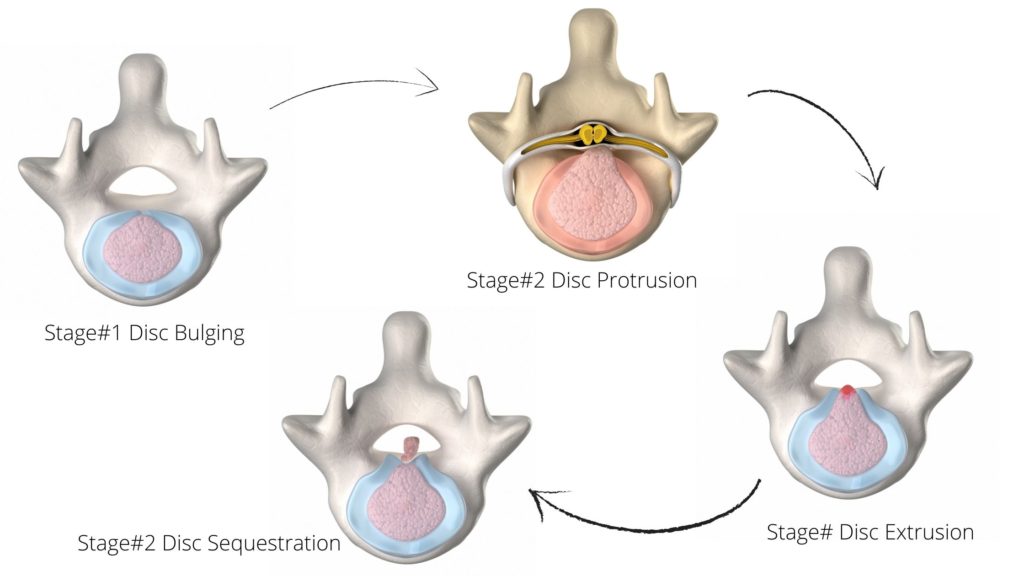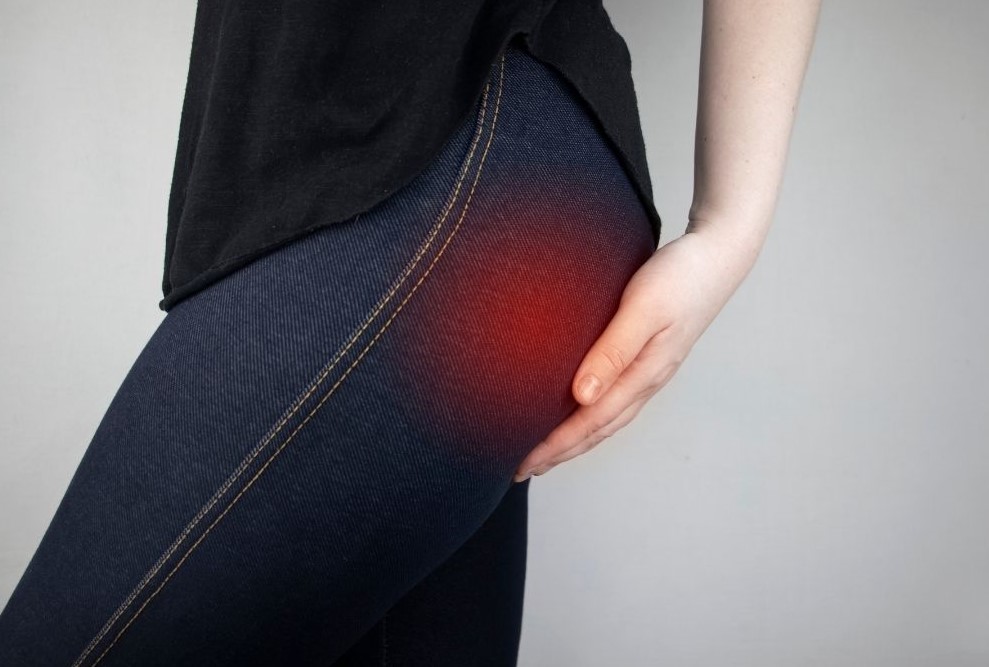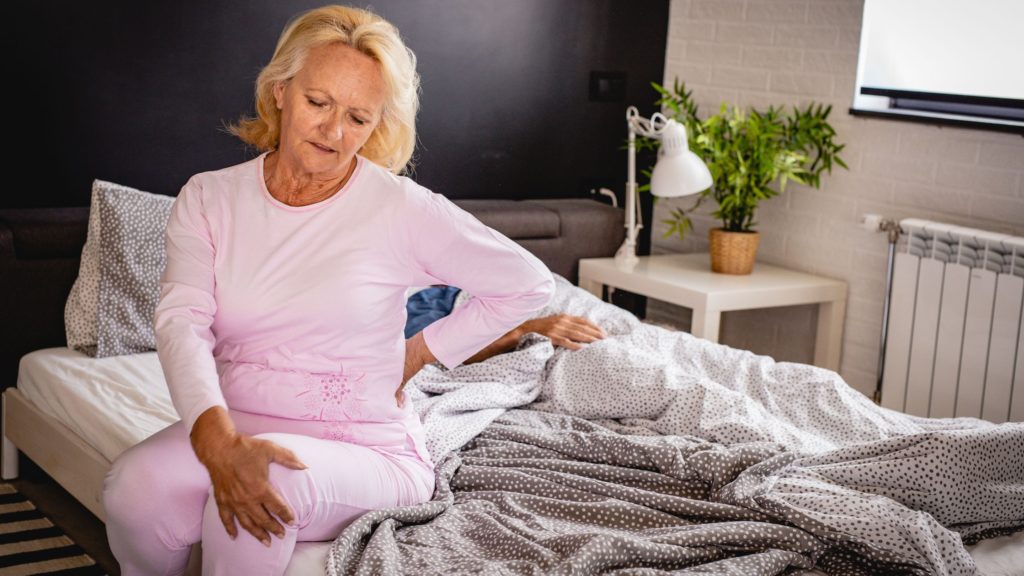Last updated on February 11th, 2023 at 06:23 pm

Sciatica back pain sufferer is often confused about whether physiotherapy would help ease their pain. And this is perhaps because they think exercises are the only treatment model that physiotherapy has to offer.
Myself being a physical therapist in practice for 15 years has successfully cured hundreds of sciatica cases. Exercises are an important part of physiotherapy but it also includes other treatment modalities like lumbar traction, ultrasonic therapy TENS. Your physiotherapist will give a combination of all these modalities to make you pain-free once and for all.
But how exactly Physiotherapy can help in sciatica and how much time does it take to fully recover from sciatica pain. Let’s try to find out in this article and I suggest reading this article till the end to get the most out of it.
Table of Contents
Can sciatica be cured with physiotherapy
Sciatica can be completely cured with physiotherapy and this is why your doctor neurologist or orthopaedic surgeons often refer sciatica sufferers to the physiotherapy department.
However, when sciatica becomes very severe one may need to go for surgery and about which we will discuss it later on in this article.
Sciatica with a less severe form can be effectively managed by a conservative Physiotherapy treatment approach. Not only this, but the exercises prescribed by a physiotherapist can also help to prevent future recurrence.
Many patients who have received physiotherapy has found the physiotherapy valuable, highlighting exercises to reduce pain and discomfort, techniques for improving spinal movement, walking and posture, manual therapy, cardiovascular exercise, and strengthening[zotpressInText item=”{5956979:S2CGIHJ8}” format=”(%num%)”].
To understand how a physiotherapist can help we first need to understand what is sciatica and its common causes.
What is sciatica?
Sciatica is a condition where the sciatic nerve after originating from the lumbar area gets compressed, irritated resulting in pain in the area it passes through. After originating from the lumbar area the sciatic nerve travels down behind the thigh and leg up to the feet.
So, the person complains of pain with tingling and pulling sensation on the back of the leg and thigh. However, the reach of pain and pulling sensations depends upon how severe the sciatic nerve is compressed. In lesser compressed sciatica the pain is felt on the back of the thigh up to the knee joint and in severely compressed the pain can reach up to the lower leg and feet and sometimes they may even complain of numbness over the foot.
So what could be the possible cause of compression of the nerve?
Causes of sciatica
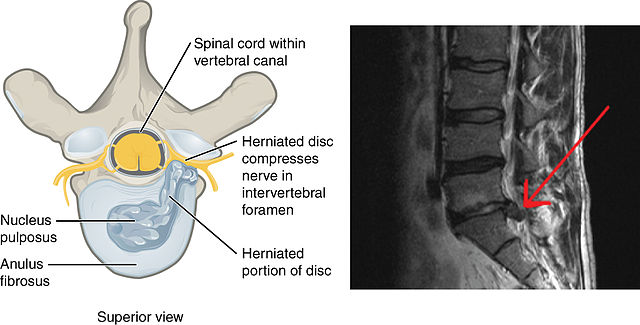
There are several reasons for sciatic nerve compression irritation the most common being prolapsed lumbar disc, piriformis syndrome and lumbar stenosis.
Prolapsed lumbar disc is the most common among these three and it is also known as lumbar disc hernia, disc bulge, PIVD. In this condition, the intervertebral disc of the lumbar area gets bulged out and compress the sciatic nerve that passes by.
The disc bulge has four stages and the fourth stage being the most severe and may need surgical interventions. The first three stages can be managed by physiotherapy management.
Piriformis syndrome is another common reason but it is often overlooked by medical practitioners.
Piriformis syndrome is not diagnosed frequently because the symptoms of the disorder mimic those of sciatica and a definitive diagnostic test is lacking. Typical symptoms can include[zotpressInText item=”{5956979:IMCFJMBA}” format=”(%num%)”]:
- Tenderness or pain behind the hip, in the buttocks
- Pain can radiate down the back of the leg into the hamstring muscles and, at times, the calf muscles.
- Numbness and tingling in the lower extremity
- Tenderness when pressure is applied on the piriformis muscle, such as with sitting
- Low-back tenderness and pain
Actually, the outer buttock is the exact region where performance muscle compresses the sciatic nerve, fortunately, it can easily be managed by physiotherapy
Stenosis is a bit complicated condition in instances the nerves get pinched right at the point where it is exiting the number area but careful Physiotherapy can be beneficial for it
So let straightway jump to how Physiotherapy can help
Physiotherapy for sciatica
Physiotherapy in sciatica is aimed at releasing the compression over the sciatic nerve and thereby reducing the nerve irritation. Once this is achieved then Physiotherapy aims to strengthen the muscles of the lower back to prevent its further reoccurrence.
To achieve this a physical therapist first assesses the exact cause of sciatica and then formulate the treatment plan. The treatment plan is a combination of manual therapy electrotherapy and exercises.
Manual therapy or mobilization
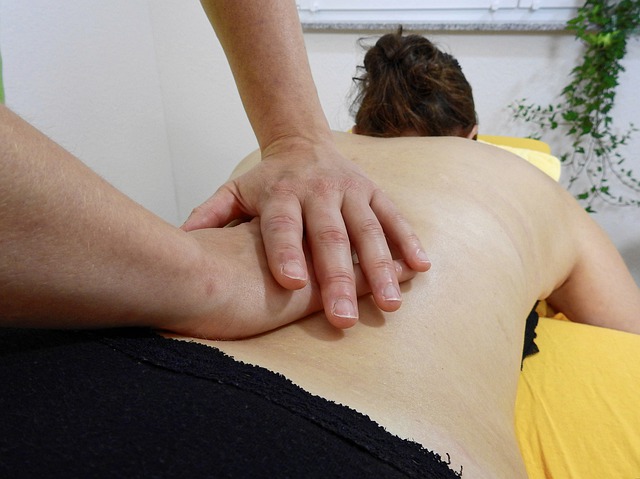
In disc bulges, disc mobilization is very beneficial in repositioning the bulged disc. Actually, this is a very specialized technique that can only be performed by a qualified physiotherapist.
They will make the person lie on their tummy and very carefully the physical therapist will apply gentle, controlled and optimum pressure over the bulged disc point. This is to push back the herniated part of the disc into its place.
Since this is a specialized technique that can only be practised by a physical therapist this topic is beyond the scope of this article.
Also read: Sciatica pain relief: Dummies home guide that works
Lumbar traction
Lumbar traction is actually a part of electrotherapy in which full distraction force is applied over the lumbar area so as to ease the compressed nerve. This force is applied by a mechanical traction machine that is present at the physical therapy centres. if you want to learn more about traction visit this link to get all the information related to traction.
Traction is very important in the treatment of disc bulges it can give you almost instant relief in severe pain and tingling sensations.
TENS
The TENS stands for Transcutaneous Electrical Nerve Stimulation and is also a part of electrotherapy. TENS is a kind of electrical stimulation to reduce nerve pain and irritation. It is given through a machine that produces the electrical stimulation, this is connected to the patient’s body through a wire and electrodes placed over the patient lumbar area and on the leg till where he is complaining of tingling sensation.
And then the machine is set to give a pinprick like electrical stimulation and it will give instant relief in pain.
Ultrasonic therapy
Again, it is also a part of electrotherapy that uses ultrasound radiation. It is therapeutic ultrasound radiation given on the area where the nerve is compressed. It is beneficial for both the disc bulge case and the piriformis case.
The ultrasonic radiation has a peculiar property of deeper penetration and has a therapeutic effect like the thermal effect, a micro-massage effect that helps in internal injury to heal and reduce the irritations on the nerve.
Exercises
The long term rest advised by doctors in sciatica pain results in weakness of muscles around the low back. Exercises are very important to strengthen these weak muscles which in turn helps prevent their recurrence. There are a few stretching exercises as well to reduce the pain due to muscle tightness.
There are specific exercise for lumbar disc bulge and stretching exercises for piriformis syndrome.
Lifestyle modifications
Finally, one must also follow specific lifestyle modifications till the full recovery of sciatica. It is important for fast recovery and prevents further damage to the nerve. One must take care of a proper way of getting in and out of bed, and in severe pain how to sleep with back pain. One must also follow sciatica precautions.
The author is a physiotherapist who has been practising for the last 17 years. He holds a Bachelor's in Physiotherapy (BPT) from SVNIRTAR (Swami Vivekananda National Institute of Rehabilitation and Research), one of the prestigious physiotherapy schools in India.
Whatever he learns dealing with his patient, he shares it with the world through blogs and e-books. He also owns a YouTube channel, "Sunit Physiotherapist" with over 8 lakh active subscribers. Here, he shares everything he gets to learn serving the patient.


